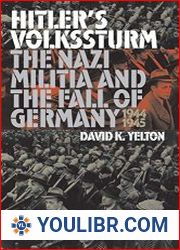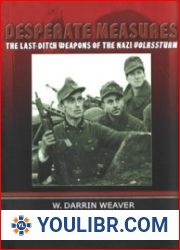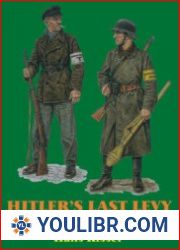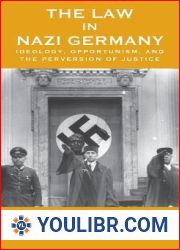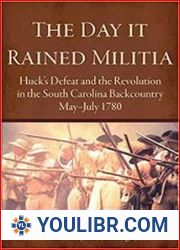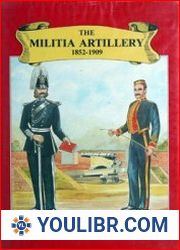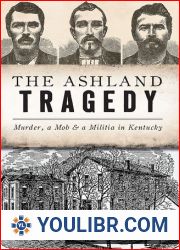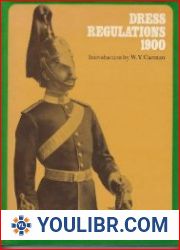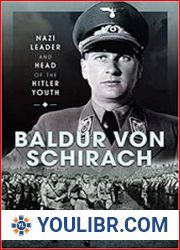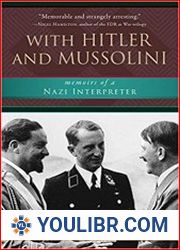
BOOKS - Hitler's Volkssturm: The Nazi Militia and the Fall of Germany, 1944-1945 (Mod...


US $8.75

501036

501036
Hitler's Volkssturm: The Nazi Militia and the Fall of Germany, 1944-1945 (Modern War Studies)
Author: David K. Yelton
Year: October 1, 2002
Format: PDF
File size: PDF 8.3 MB
Language: English
Year: October 1, 2002
Format: PDF
File size: PDF 8.3 MB
Language: English
Pressed by advancing enemy armies on both fronts, Adolf Hitler played his final card in World War II by mobilizing all German civilian males between sixteen and sixty and indoctrinating them for a final apocalyptic defense of the Reich. The Volkssturm, created as much to boost national morale as to bolster sagging defenses, has been viewed as a negligible factor in the war. David Yelton counters that view with new insights into why the German high command sought this means to prolong an unwinnable war-and why so many civilians chose to fight to the bitter end.Hitler's Volkssturm is the only book in English - and the most comprehensive in any language - on the German militia, illuminating its role and contributions to the Nazi war effort and shedding new light on the last days of the Third Reich. It examines the militia's strategic purpose, organization, training, and combat performance on both war fronts and explores factors contributing to its sporadic tactical successes and its overall failure.Yelton reveals why the Nazi leadership chose to assemble such last-ditch units rather than negotiating for peace and also why civilians in these units were more than willing to serve. The Volkssturm was, in fact, part of a broader, ideologically based strategy intended to turn the tide of the war. Yelton tracks the impact of this ideology on Nazi decision-making throughout the war's final year and illustrates how ideological assumptions were often a major reason for the failure of Nazi policies and strategies.In an unprecedented examination of the Volkssturm at the local level, Yelton also shows the negative impact of national power struggles and demonstrates how the Wehrmacht, industry, and public opinion exerted influence on the militia in ways often contrary to its official objectives. His extensive and insightful analysis illuminates German mobilization priorities, reveals that a substantial number of its commanders had experience in both the military and the Nazi Party, and clarifies the impact of Volkssturm mobilizations on the overall German war economy.Pathbreaking in both scope and depth, Hitler's Volkssturm stresses the factional lines and conflicting centers of power within the Nazi bureaucracy, clarifies policy formulation and implementation in the late Third Reich, and assesses the shifting power relationships among various groups and individuals. Ultimately, it gives us a more complete portrait of the Third Reich during the final phase of a devastating war and conveys important lessons about the use of militia forces in modern warfare.







